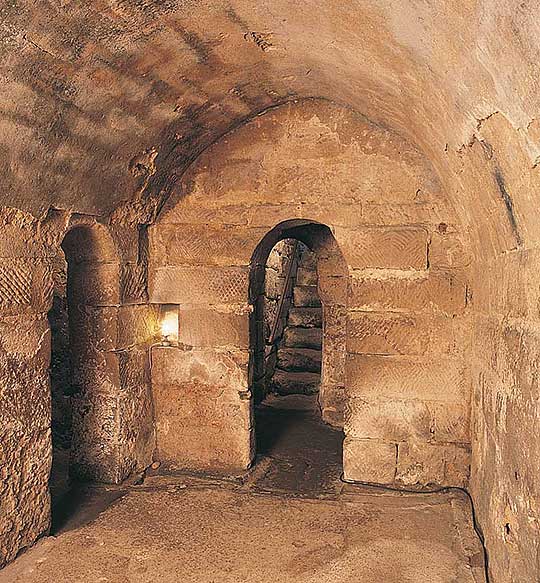Significance of Chesters Bridge Abutment
The bridge is one of the most remarkable survivals on Hadrian’s Wall. It is of wide-ranging significance to the history of the Wall, and to the study of Roman architecture and engineering. It is also important for the study of large Roman structures as a source of materials for Anglo-Saxon churches and as part of the inspiration for their construction.

The most important aspects are:
- The remains represent the only complete bridge plan not only in Roman Britain but also in the European frontier zones of the Roman Empire.
- The visible masonry represents an internationally outstanding example of the Roman technique of construction known as opus quadratum, which employs large blocks of stone joined together with metal clamps and bars. There are few examples in Roman Britain of this technique in a structure of such large size; it shows that the bridge was a prestigious imperial building project.
- The two successive bridges illustrate major phases in the development of Hadrian’s Wall. The first bridge is evidence for the existence of a walkway along the top of the Wall. The second bridge is connected with the construction of the Military Way, a service road added to the existing installations on the Wall. Its architecture and decoration speak of the ambitions behind the renovation of the Wall following the return from Scotland in about AD 160.
- Analysis of the surviving fabric of the late 7th-century crypt at Hexham Abbey shows that its masonry and that of its associated church (later rebuilt) were taken from three large structures – the bridge at Chesters, and the huge mausoleum and bridge at Corbridge – together with smaller structures nearby. This is perhaps the most graphic illustration in England of the reuse of Roman building materials by the Anglo-Saxons.
READ MORE ABOUT CHESTERS BRIDGE ABUTMENT